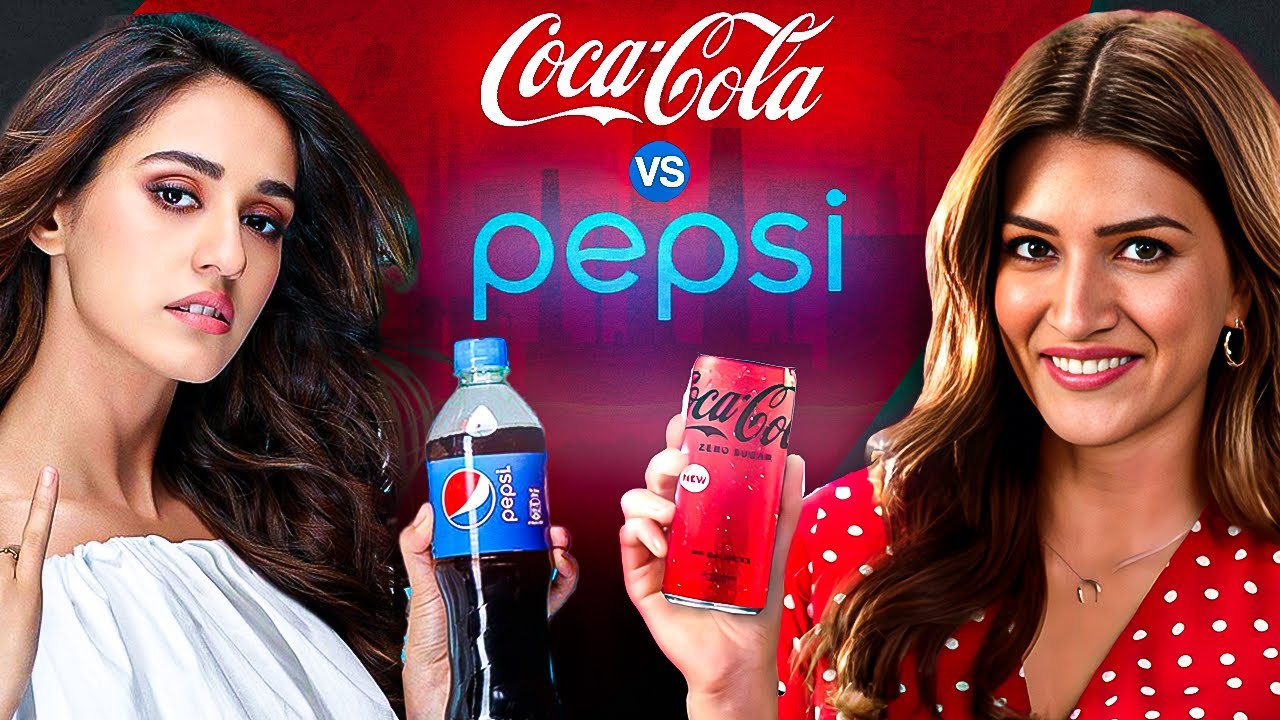Starbucks' biggest failure! How did Starbucks fail in Australia? Business Case Study
Summary
TLDRThis case study explores the reasons behind Starbucks' failure in Australia. Despite a booming coffee culture, Starbucks expanded too quickly, focusing on quantity over quality and not adapting to local tastes. Australians preferred their own coffee culture, which Starbucks failed to understand, offering sweeter, pricier drinks. Local competitors like Gloria Jeans, who offered more customized options, thrived. Starbucks’ inability to reduce operational costs, poor market research, and lack of product customization led to significant losses. Eventually, the company scaled back operations, focusing on more stable markets. Key lessons include the importance of market research, understanding customer preferences, and slow, steady growth.
Takeaways
- 😀 Starbucks' global success doesn't guarantee success in every market, as seen in their struggles in Australia.
- 😀 Australia’s coffee culture was well-established before Starbucks entered, which led to challenges in adapting to local preferences.
- 😀 Rapid expansion can be detrimental if it’s not backed by solid market research and customer understanding.
- 😀 Starbucks failed to tailor its products to local tastes, as Australians preferred less sugary coffee compared to the sweetened versions Starbucks typically offered.
- 😀 The high operational costs of Starbucks meant they couldn’t compete with local coffee shops offering lower prices.
- 😀 Local coffee chains like Gloria Jeans adapted better to the Australian market by introducing local drinks and providing a more cost-effective experience.
- 😀 Understanding the cultural context is crucial for success in foreign markets. Australians saw coffee as a social experience, which Starbucks failed to recognize.
- 😀 Market research is essential for expanding into new regions, especially when consumer preferences vary widely between cultures.
- 😀 Starbucks’ initial failure in Australia highlights the importance of knowing your customer before trying to convert them to your brand.
- 😀 Slow, steady market growth is more sustainable than rushing to expand without understanding the market, as shown by Starbucks’ recovery strategy in Australia.
- 😀 Despite early failures, Starbucks is still present in Australia, now with a smaller, more strategic approach to expansion.
Q & A
Why did Starbucks fail in Australia?
-Starbucks failed in Australia primarily due to poor market research, failure to adapt to local coffee culture, aggressive expansion strategies, and inability to compete with local coffee chains in terms of pricing and customization of products.
What role did market research play in Starbucks' failure in Australia?
-Starbucks failed to conduct sufficient market research to understand Australian consumer preferences. This lack of understanding led to poor product customization, as Australians preferred stronger coffee with less sugar, which Starbucks did not offer.
How did Starbucks' expansion strategy contribute to its failure in Australia?
-Starbucks focused on rapid expansion, opening numerous locations without ensuring they met local consumer needs. The focus on quantity over quality and market acceptance led to the company’s inability to build a loyal customer base.
What challenges did Starbucks face in competing with local coffee shops in Australia?
-Starbucks faced significant competition from local coffee chains like Gloria Jeans, which had a better understanding of Australian coffee culture, offered more affordable options, and customized their products to appeal to local tastes.
How did Gloria Jeans succeed where Starbucks failed in Australia?
-Gloria Jeans succeeded by focusing on product quality, introducing local flavors, and offering competitive prices. Their ability to integrate into the local culture and provide a more personalized experience helped them build a loyal customer base.
What mistakes did Starbucks make regarding the Australian coffee culture?
-Starbucks misjudged the importance of coffee as a cultural experience in Australia. Unlike the U.S., where coffee is more of a product, Australians view coffee as a social experience. Starbucks failed to adapt to this local preference.
What impact did the 2008 global financial crisis have on Starbucks' operations in Australia?
-The global financial crisis severely impacted Starbucks' operations in Australia, leading to the closure of 61 stores by the end of 2008. The company struggled with operational costs and was unable to recover from the economic downturn.
How did local baristas play a role in Starbucks' failure in Australia?
-Local baristas and independent coffee shop owners had a deep understanding of Australian coffee culture. Their personal branding and familiarity with local consumers made them more appealing compared to Starbucks, which failed to connect on a personal level.
What has been the current state of Starbucks in Australia post-2008?
-After the closures and the failures of the 2000s, Starbucks in Australia took a more cautious approach, focusing on stable cities with consistent demand. As of now, Starbucks has 58 stores in Australia, with a more strategic and slow-paced expansion model.
What lessons can businesses learn from Starbucks' experience in Australia?
-Key lessons include the importance of conducting thorough market research, understanding customer preferences, not rushing into rapid expansion, and adapting to local cultures before scaling operations.
Outlines

This section is available to paid users only. Please upgrade to access this part.
Upgrade NowMindmap

This section is available to paid users only. Please upgrade to access this part.
Upgrade NowKeywords

This section is available to paid users only. Please upgrade to access this part.
Upgrade NowHighlights

This section is available to paid users only. Please upgrade to access this part.
Upgrade NowTranscripts

This section is available to paid users only. Please upgrade to access this part.
Upgrade NowBrowse More Related Video

Kenapa Starbucks Gagal di Australia? | JADI GINI E06

The Genius Strategy of Coca Cola to beat Pepsi | Business War: PEPSI VS COCA COLA

Why Starbucks Paid $100M For Chipotle’s CEO, Brian Niccol

How Starbucks Used YOUR Ideas to Create Best-Selling Products! Crowdsourcing Story | MBA Case study

FMEA Part-3: DFMEA Application Case Studies

Investigating Material Failure Forensics Engineering
5.0 / 5 (0 votes)